The future of aging is robotic, and it’s happening faster than you think.
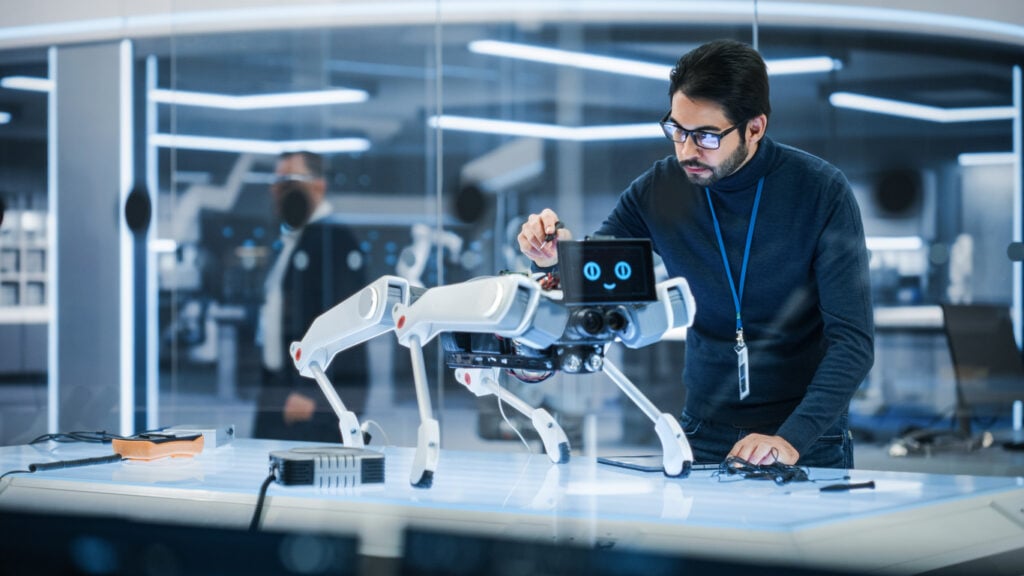
The future of aging is about to get a major upgrade. With advancements in AI and robotics, baby boomers may find themselves relying on humanoid robots for companionship, daily tasks, and even medical care. As families grow more distant and the number of available caregivers dwindles, robotic assistants could become the new normal for aging in place.
What was once a science fiction fantasy is now an impending reality that will redefine the senior experience.
1. Robots will provide companionship for isolated seniors.
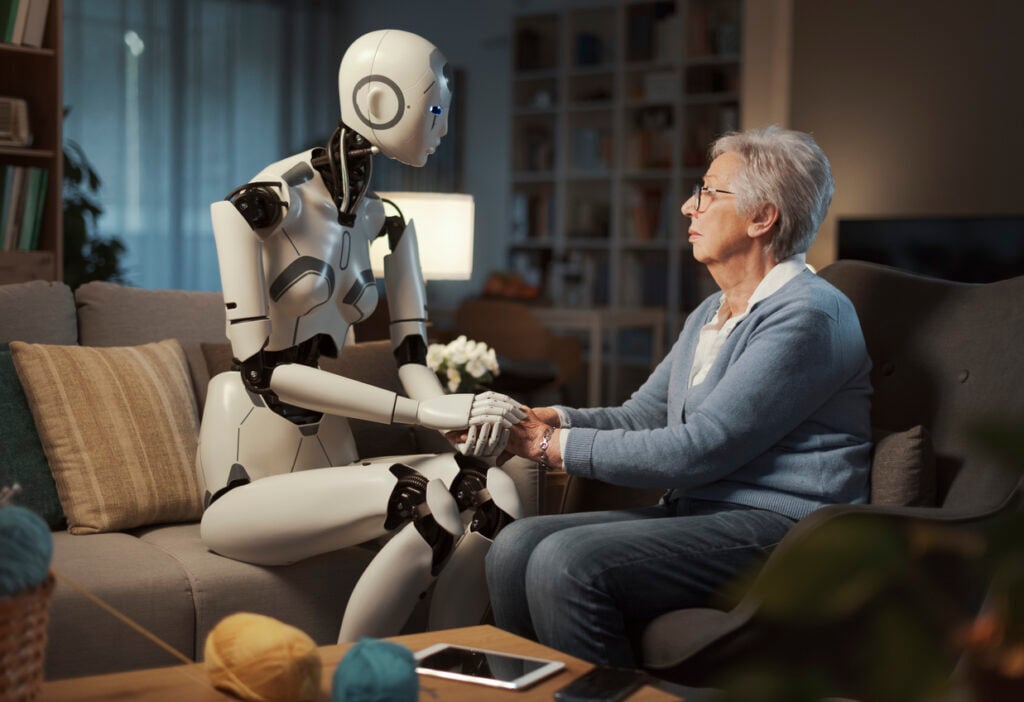
Loneliness is one of the biggest challenges facing aging populations, especially as family members move away or become too busy to visit regularly. Humanoid robots will be designed to interact with seniors, engaging them in conversation, playing games, and even providing emotional support.
These robots won’t just be mechanical caregivers—they’ll be programmed to recognize emotions and respond in comforting ways. For seniors struggling with social isolation, having a humanoid companion could greatly improve mental health and overall well-being, according to Forbes.
2. AI-powered assistants will handle daily chores.
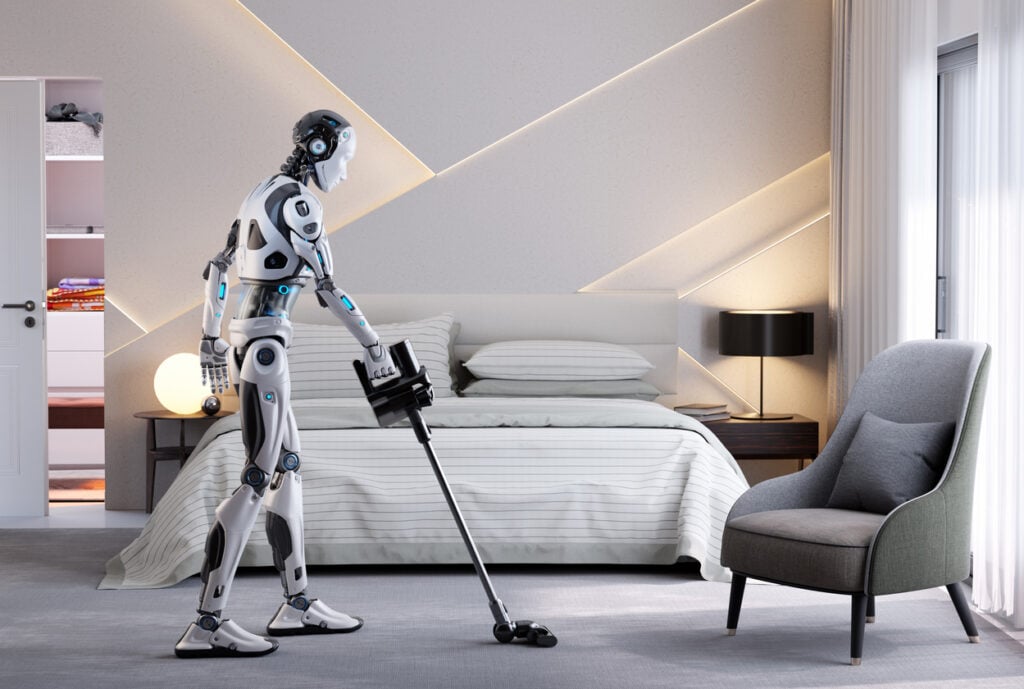
Simple tasks like cooking, cleaning, and organizing can become overwhelming for seniors with mobility issues. Future humanoid robots will be equipped with AI-driven functionality to take care of these responsibilities, ensuring a safe and tidy home environment.
With voice commands or predictive learning, these robots will anticipate needs and complete chores efficiently. This will allow seniors to remain in their homes longer without needing to hire external help, preserving both independence and dignity.
3. Healthcare monitoring will become automated.
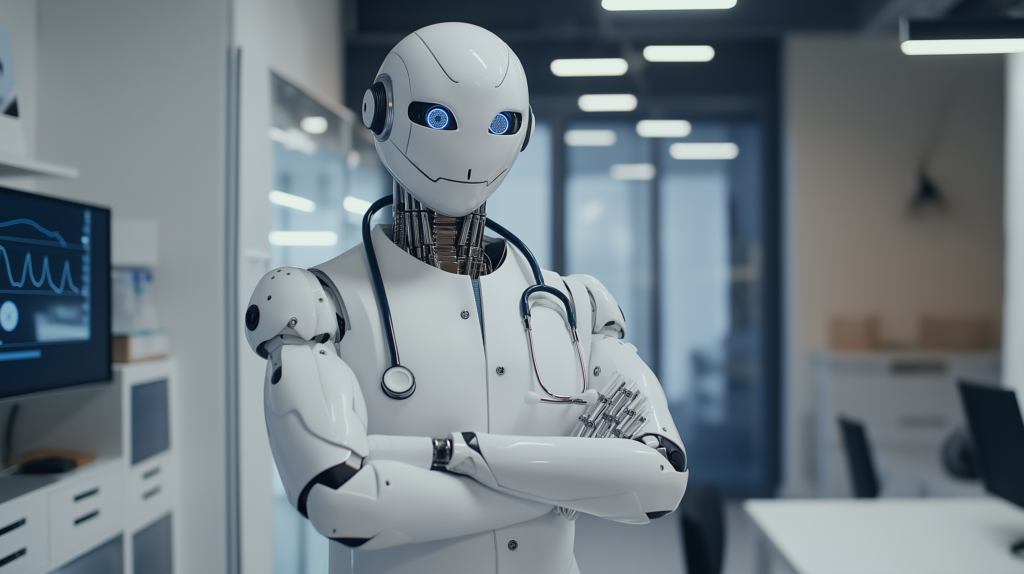
With built-in sensors and AI diagnostics, humanoid robots will be able to track vital signs, remind seniors to take medications, and even detect early symptoms of illness. This real-time health monitoring will reduce emergency hospital visits and help doctors keep a closer eye on aging patients.
Instead of relying on family members or overworked healthcare professionals, these robots will act as an early-warning system. They’ll provide immediate alerts in case of falls, irregular heart rates, or other medical emergencies, ensuring quicker responses and better outcomes.
4. Physical assistance will replace human caregivers
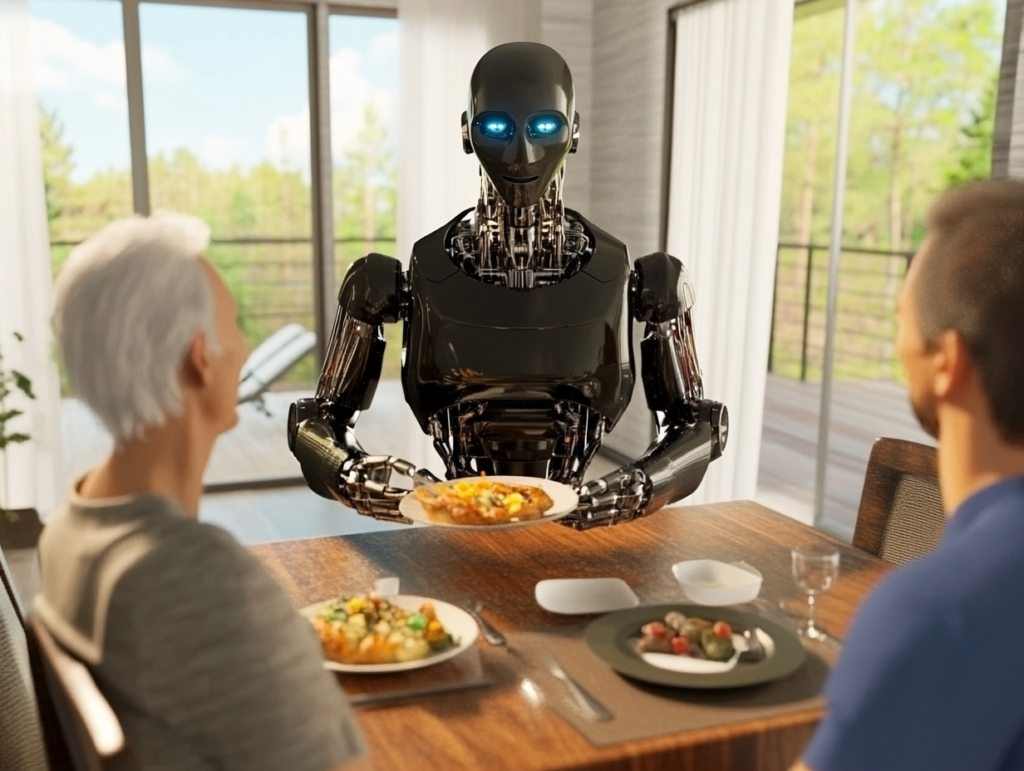
As mobility declines, daily activities like getting out of bed, dressing, and walking can become difficult. Humanoid robots will be designed to assist with these physical tasks, providing support without the need for human caregivers, according to Time.
Unlike traditional mobility aids, these robots will adapt to the user’s needs, offering a personalized level of assistance. Whether lifting someone from a chair or helping them navigate the home safely, they will provide a hands-free solution for aging individuals who prefer to stay at home.
5. Grocery shopping and meal prep will be automated.
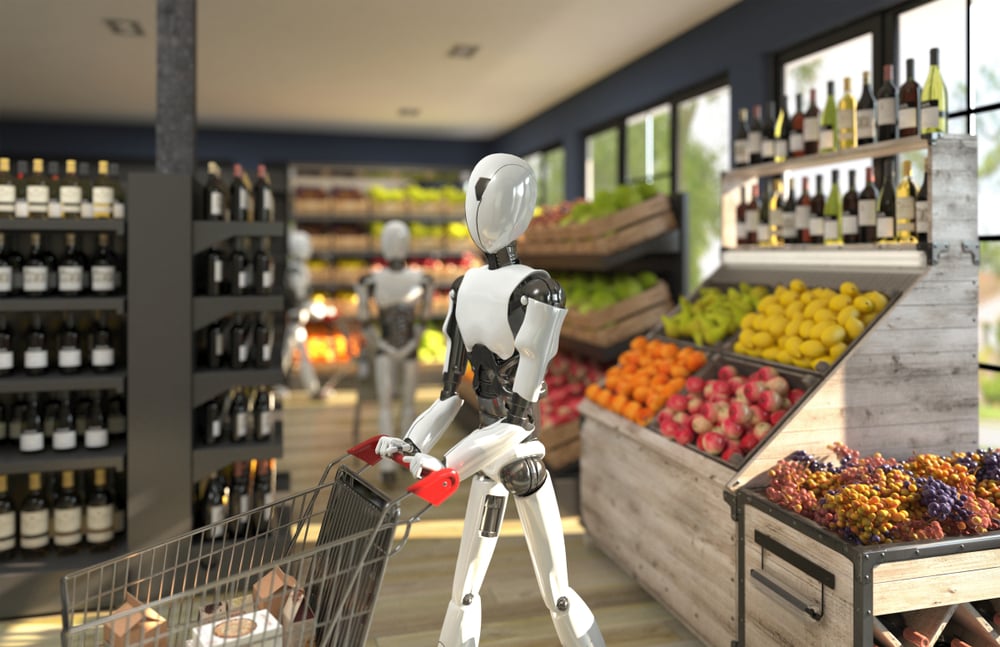
Going to the grocery store or preparing meals can become a burden for seniors with limited mobility. Future AI-driven robots will be able to order groceries online, restock the kitchen, and even prepare balanced meals tailored to dietary needs.
By handling nutrition planning and cooking, these robots will ensure that seniors eat well without the hassle of meal preparation. They could also monitor food intake and offer dietary suggestions to maintain better health.
6. Voice-controlled assistance will improve accessibility.
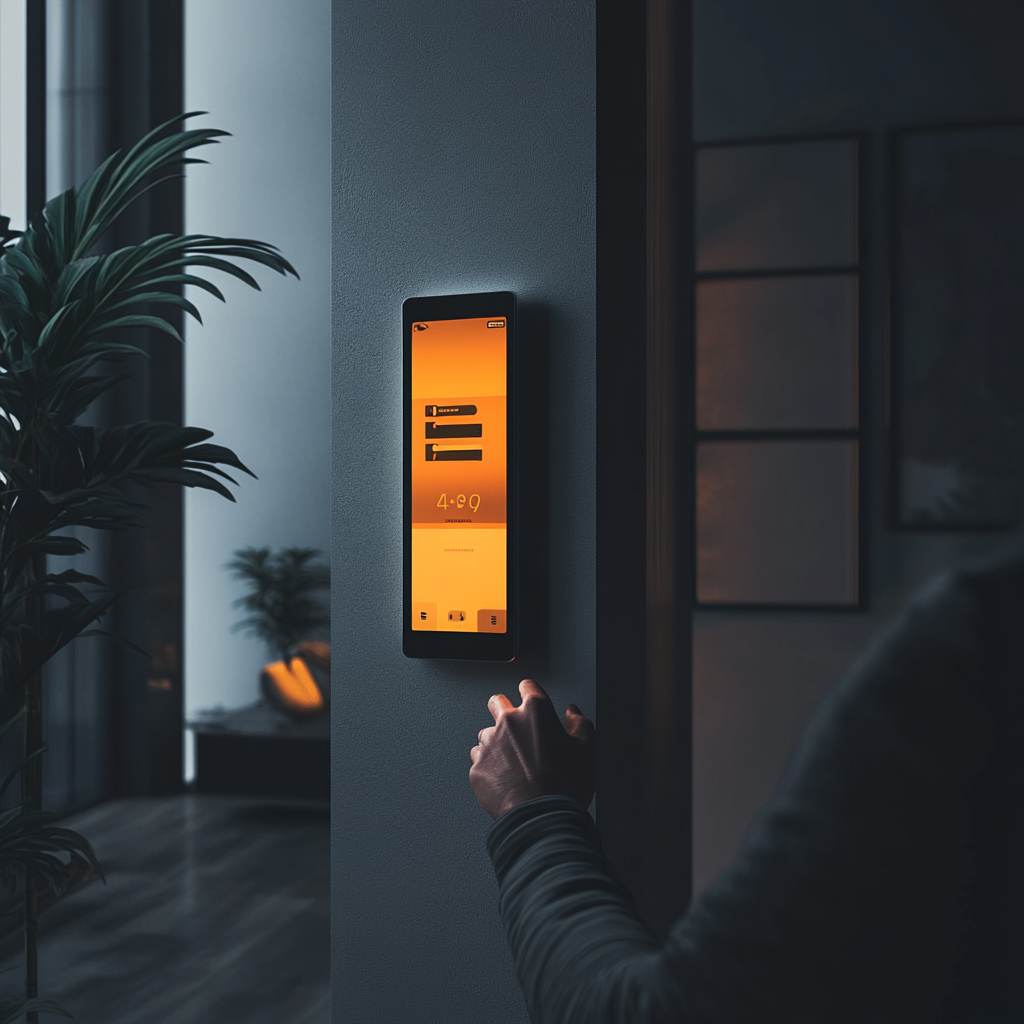
For seniors with arthritis or reduced dexterity, using technology can be frustrating. Humanoid robots will be equipped with voice recognition software that allows users to control household functions, send messages, or request assistance with simple vocal commands.
This hands-free interaction will make it easier for seniors to stay connected with loved ones, manage appointments, and control smart home devices. Instead of struggling with tiny buttons or touchscreens, a simple verbal request will be all that’s needed.
7. Emotional intelligence in robots will enhance well-being.
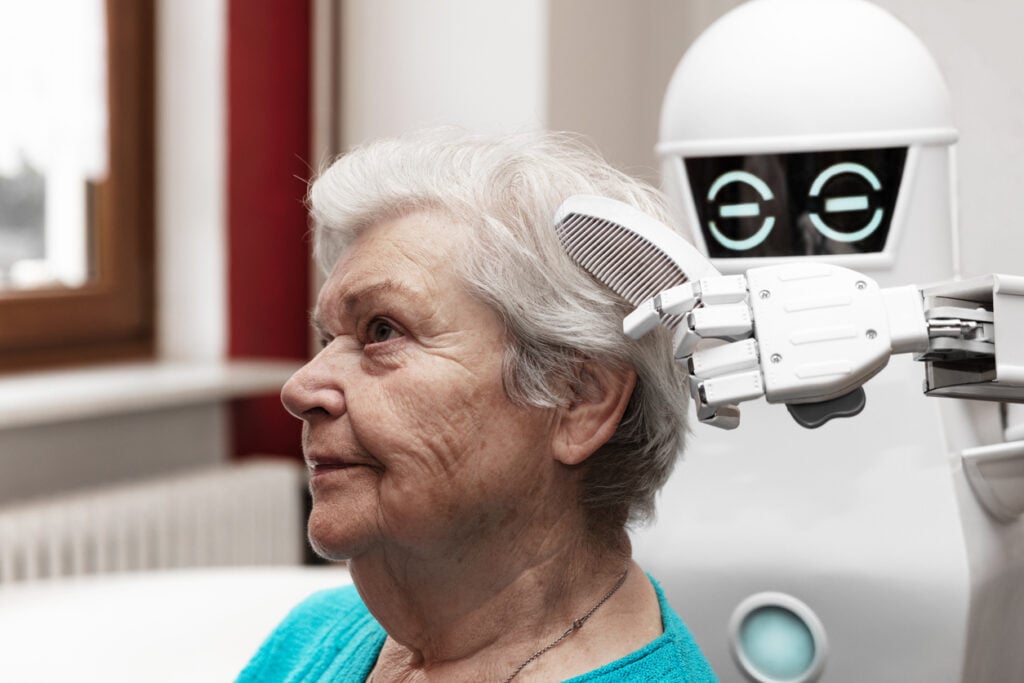
Future robots won’t just follow commands—they’ll be able to detect emotions and respond accordingly. Through facial recognition and tone analysis, they will identify when a senior is feeling lonely, anxious, or unwell.
With these capabilities, robots will offer words of encouragement, suggest activities to boost mood, or alert a family member if they sense distress. This emotional support system will make aging in place a more compassionate and engaging experience.
8. Security and safety monitoring will be built-in.
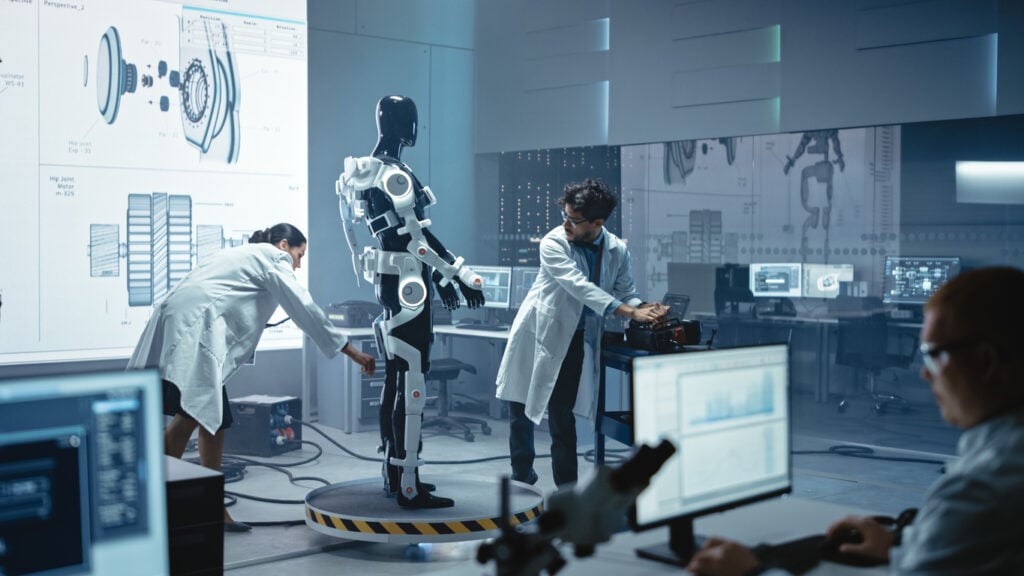
With built-in cameras, sensors, and alarms, humanoid robots will provide an additional layer of security for seniors living alone. They will detect unusual activity, such as intruders or hazardous situations, and immediately notify authorities or designated family members.
For seniors with cognitive impairments, these robots will also help prevent wandering or accidents. By monitoring movement and home safety, they will provide peace of mind for both seniors and their loved ones.
9. Virtual socialization will be seamlessly integrated.
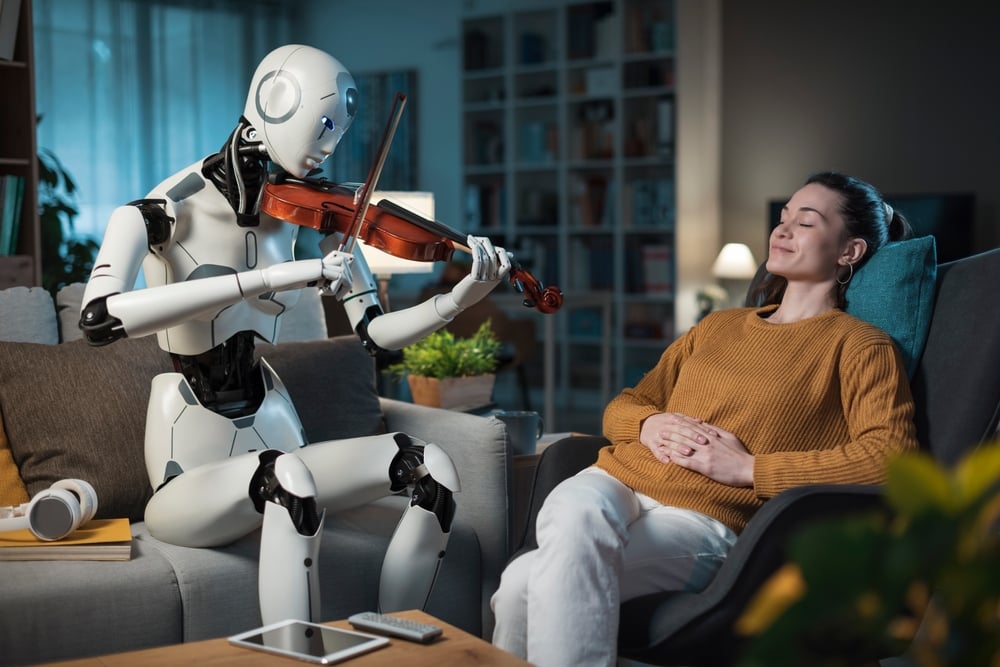
Social isolation will be less of a problem when humanoid robots facilitate virtual interactions. These robots will help seniors join video calls, participate in online communities, and even attend virtual events using AI-driven interfaces.
Instead of struggling with complex technology, seniors will have an intuitive way to stay socially active. With a robot acting as a personal assistant, maintaining relationships and engaging with the outside world will become effortless.
10. Personalized learning and mental stimulation will be a daily feature.
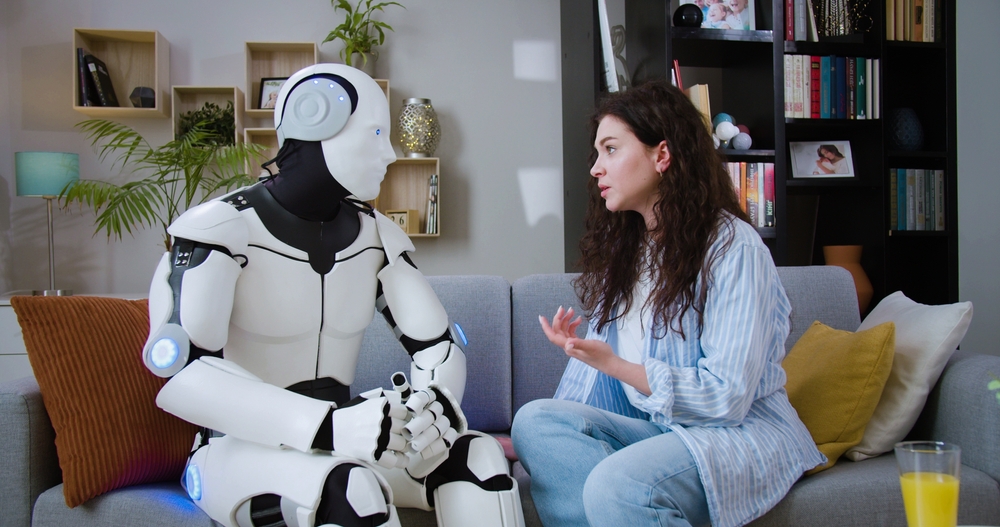
Keeping the brain active is key to aging well, and future robots will offer personalized cognitive exercises, brain games, and even AI-driven learning programs tailored to individual interests.
By providing continuous engagement, these robots will help slow cognitive decline and encourage lifelong learning. Whether it’s playing chess, learning a new language, or simply having stimulating conversations, seniors will benefit from daily mental enrichment.
11. Transportation and mobility solutions will be AI-powered.
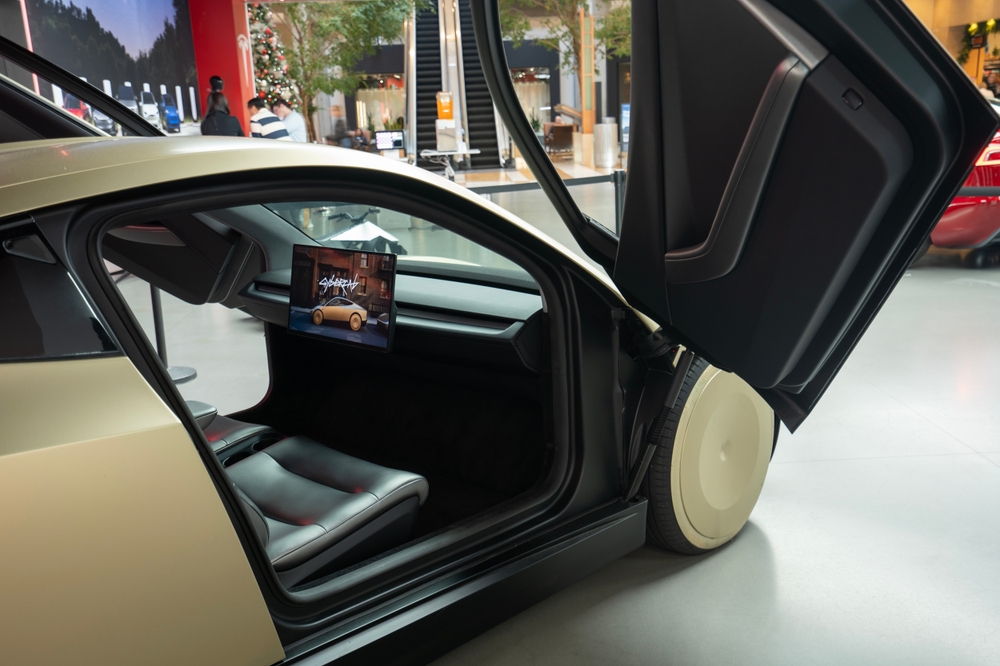
For seniors who no longer drive, humanoid robots will help arrange ride-sharing services, schedule doctor’s appointments, and even guide them through busy environments with AI navigation.
Instead of relying on others for transportation, these robots will coordinate seamless mobility options, allowing seniors to maintain independence while ensuring they arrive safely at their destinations.
12. Customizable personalities will create unique companionship.
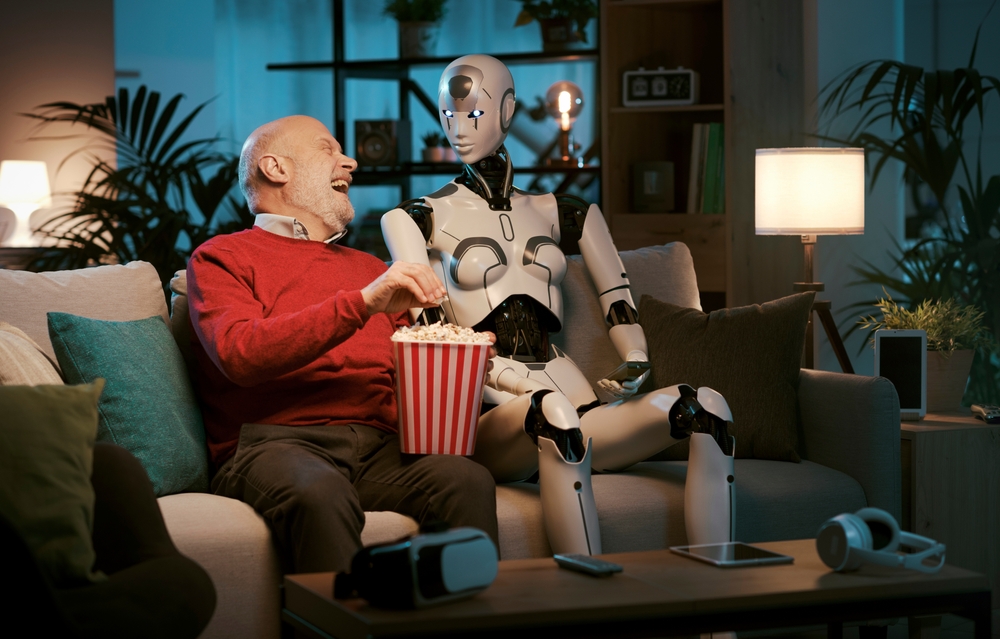
Future AI-driven humanoid robots will be customizable, allowing seniors to choose personalities that fit their preferences. Some may prefer a nurturing, caring assistant, while others might opt for a witty, conversational companion.
This level of personalization will make robotic companionship feel more natural and enjoyable, reducing feelings of loneliness and enhancing quality of life in a way that feels uniquely tailored to each individual.
